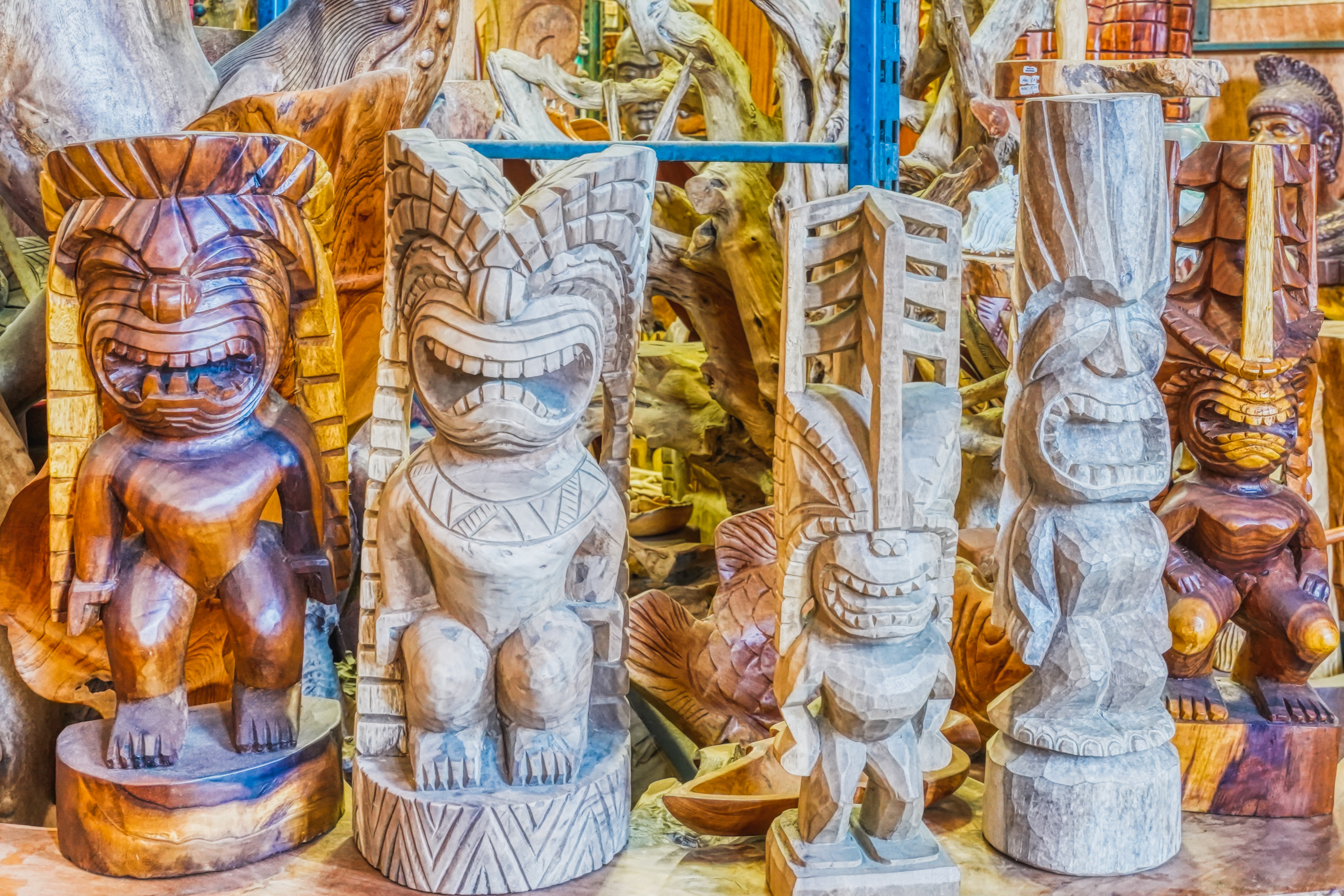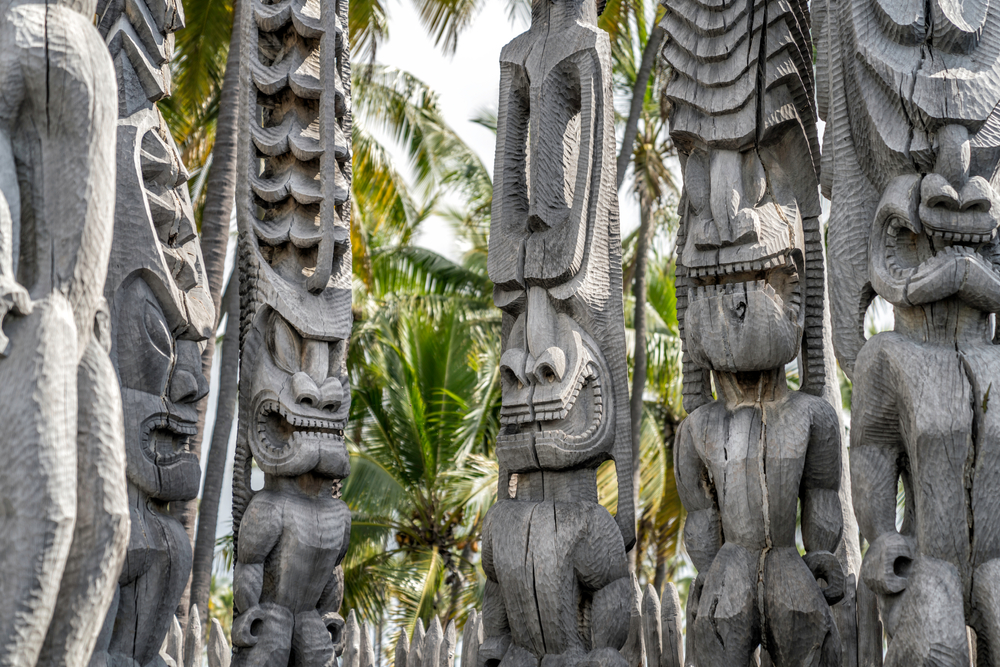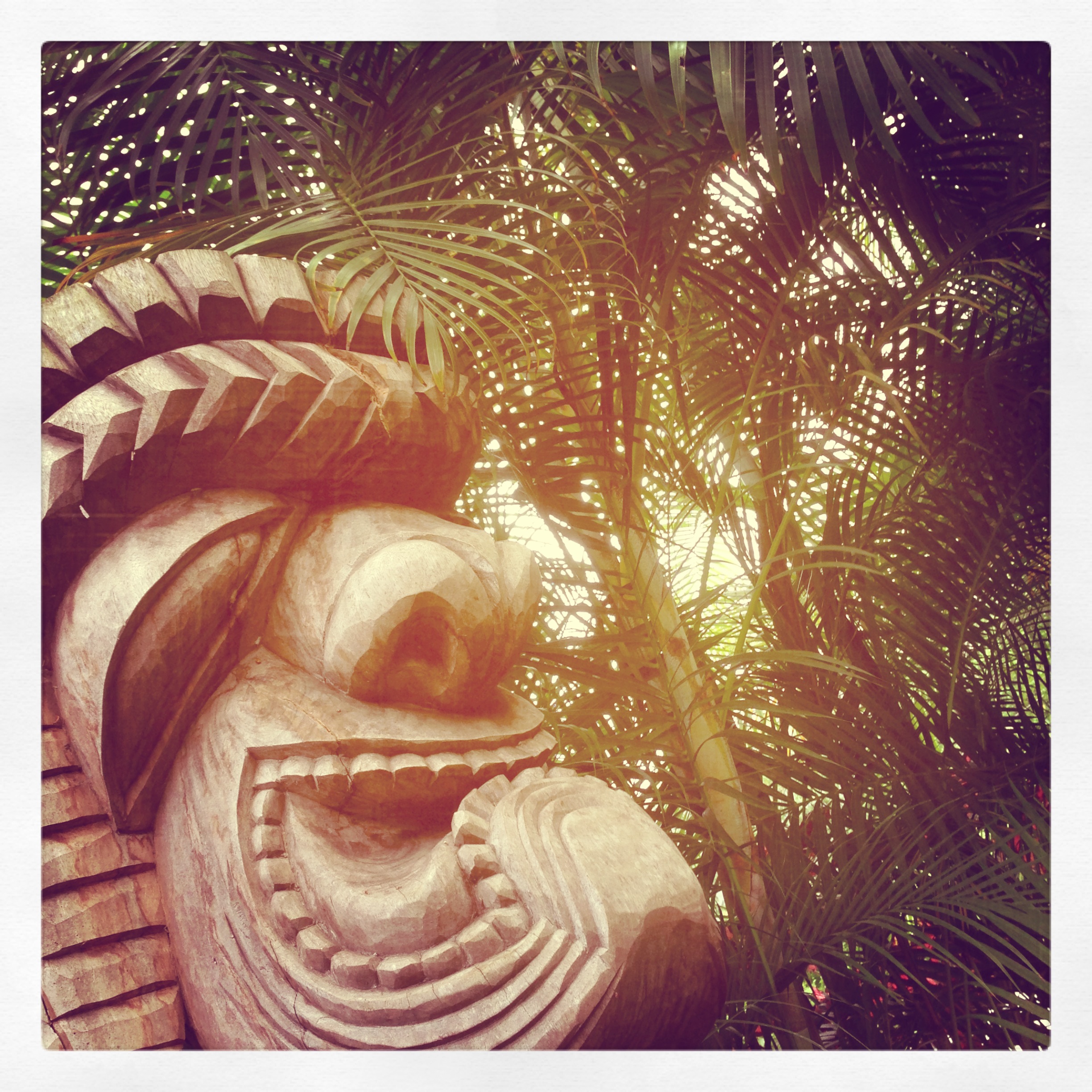The realm of Tiki deities is intriguing and abundant.
These figures, deeply rooted in Polynesian culture, are more than just exotic decorations. They carry centuries of tradition, mythology, and cultural significance.
Yet, identifying Tiki gods can be a complex task. Each statue is unique, with specific features and symbols that tell a distinct story.
In this guide, we'll share six practical tips to help you identify Tiki gods. We will learn about the importance of these statues, their materials, and the meaning of their features.
If you collect, enjoy culture, or are curious, this guide will help you understand and appreciate Tiki culture more.
Join us as we explore the captivating world of Tiki gods and learn how to identify these intriguing figures.
Understanding Tiki Culture and Its Origins
Tiki culture finds its roots in the ancient Polynesian societies. These communities spread across the Pacific, from New Zealand to Hawaii, each with their unique interpretations of Tiki gods.

Tiki deities are pivotal characters in Polynesian folklore. Many people often see them as guardians, symbols of fertility, tranquility, and wealth. Each god has a distinct role, influencing various aspects of life and nature.
The term 'Tiki' itself refers to human-like figures that represent these gods. Artisans often carve these figures from wood or stone, embodying the spirit and power of the deity they represent.
Understanding the origins of Tiki culture is the first step in identifying Tiki gods. It provides the necessary context to interpret the symbols and features found on Tiki statues.
Remember, each Tiki god carries a piece of Polynesian history and mythology. Recognizing this is key to appreciating their cultural significance.
Recognizing the Significance of Tiki Statues
Tiki statues are more than just decorative pieces. They are physical representations of the Tiki gods, each with its unique symbolism and significance.
In Polynesian societies, people often used these statues in rituals. They served as a conduit to the divine, helping people connect with the gods. People also saw the statues as protectors, warding off evil spirits and bringing good fortune.
The features of a Tiki statue, such as its facial expressions and postures, are not random. They carefully choose them to reflect the nature and attributes of the god it represents. For example, artists might depict a Tiki god associated with war with a fierce expression and holding a weapon.
Understanding the significance of Tiki statues is crucial in identifying Tiki gods. It helps us see beyond their physical appearance and appreciate the cultural and spiritual depth they embody.
Materials and Craftsmanship of Tiki Statues
People traditionally make Tiki statues from natural materials. Wood and stone are the most common, each lending a unique texture and character to the statue. Some of the most popular designs include Trader Vic and Don The Beachcomber.
The craftsmanship involved in creating these statues is remarkable. The artist performs every cut and carving with precision and respect for the god it represents. The process is not just about creating a physical object, but also about invoking the spirit of the god.
Understanding the materials and craftsmanship of Tiki statues can provide valuable clues in identifying Tiki gods. It can also deepen our appreciation for the skill and dedication of the artisans who create them.
Identifying Common Tiki Gods and Their Symbolism
Polynesian mythology is rich with numerous Tiki deities, each carrying its distinct symbolism. The four most recognized among them are Ku, Lono, Kane, and Kanaloa.
Ku Tiki God is the god of war. He often appears with a stern expression and carries a weapon. His statues are usually tall and imposing, reflecting his powerful status.
Lono Tiki God is the god of peace and fertility. His statues often feature a smiling face and a headdress, symbolizing his benevolent nature.
Kane is the god of sunlight and natural life. He usually embodies the calmness of nature with a straight posture and a serene expression.
People often depict Kanaloa, the god of the sea, with a round face and a relaxed posture. His statues often feature marine symbols, reflecting his dominion over the ocean.
Here are some tips to identify these gods:
- Look for weapons or a stern expression for Ku.
- Look for a smiling face and a headdress for Lono.
- Look for a straight posture and a serene expression for Kane.
- Look for marine symbols and a relaxed posture for Kanaloa.
Understanding the symbolism of these gods can help you identify them in Tiki statues. It can also enhance your appreciation for the rich mythology of Polynesian culture.
The Role of Facial Expressions and Postures
Facial expressions and postures play a crucial role in Tiki gods identification. They often reflect the nature and attributes of the deity they represent.
For instance, a Tiki statue with a fierce expression and aggressive posture likely represents a war god. Alternatively, a statue with a calm face and comfortable stance could represent a deity of peace or fertility.
In the South pacific the intricacy of the carvings can also provide clues. Detailed carvings may indicate a high-ranking god, while simpler designs could represent lesser deities.
Understanding these nuances can greatly aid in identifying Tiki gods. It also offers a fascinating insight into the rich cultural symbolism of Polynesian societies.
Distinguishing Authentic Tiki Statues from Replicas
Identifying authentic Tiki statues from replicas can be a challenging task. However, there are certain features that can help distinguish the real from the fake.
Artisans from the Polynesian islands often hand-carve real Tiki statues from wood or stone on Pacific islands. They often show signs of age and wear, and may have a patina that replicas lack.
On the other hand, replicas are typically mass-produced, made from synthetic materials, and have a uniform appearance. By paying attention to these details, you can ensure the authenticity of your Tiki statue.
Conclusion: The Importance of Cultural Respect and Preservation
In conclusion, identifying Tiki gods is not just about recognizing their physical features. It's also about understanding their cultural significance and history.
Respecting the cultural heritage of Tiki gods is crucial throughout the Hawaiian islands. These statues are not just decorative items, but symbols of a rich and diverse culture.
Preserving Tiki culture is also important. By learning to identify Tiki gods, we contribute to the preservation of this unique cultural heritage.
Remember, every Tiki statue has a story to tell. By identifying them correctly, we can help keep these stories alive.















